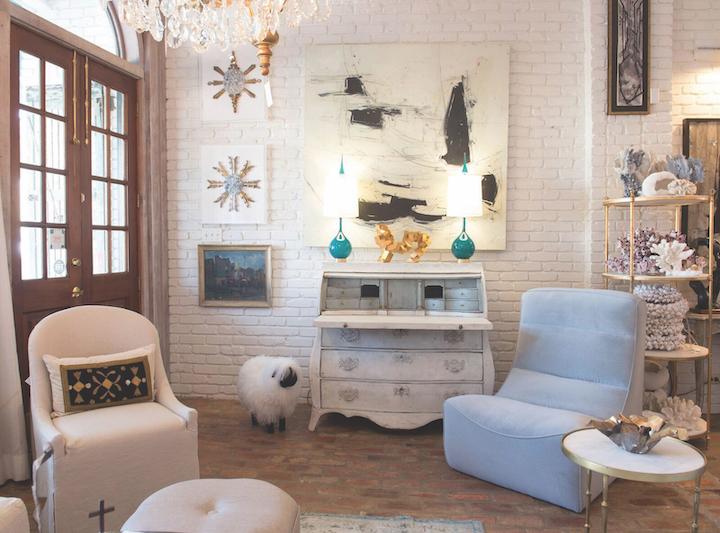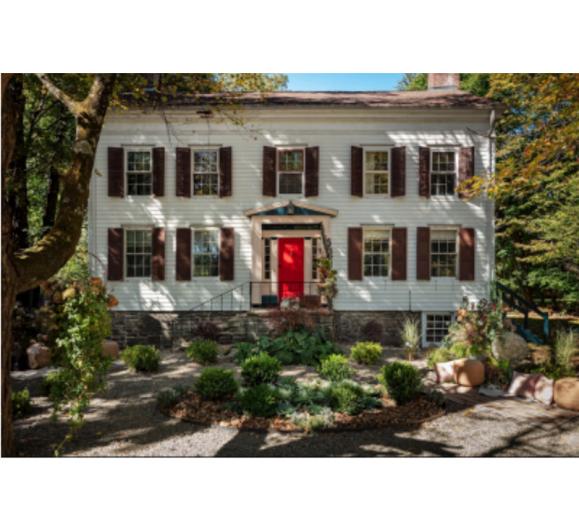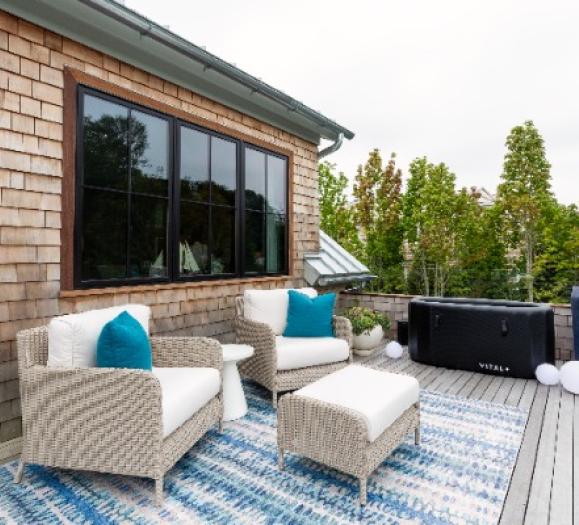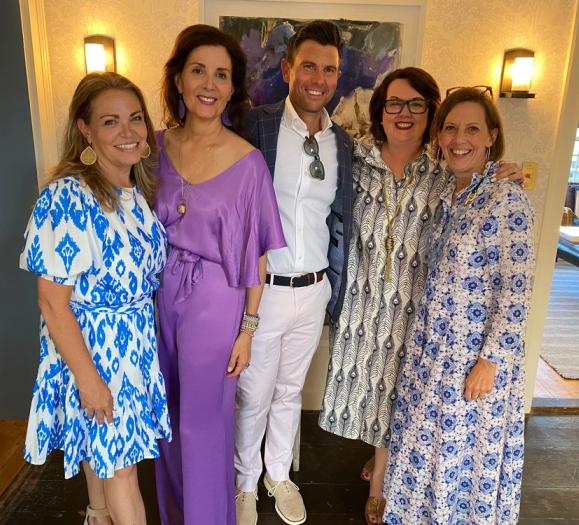Located in the arts district of Jackson, MS, Nancy Price Interior Design sits among the galleries and trendy restaurants. The two-story standalone building is part retail space, part interior design firm, with designer Nancy Price at the helm.

Defining Her Style
Price’s grandfather was a master builder who taught her husband the craft. Together, the couple opened a design-build firm in the early 1980s. Her husband drew up the plans while Price handled the design work. Today, Price’s husband is retired from homebuilding, while she runs her interior design business that includes a retail shop and wholesale division.
“I have a very curated style and a very traveled style,” she says. “The most important thing for me is for clients to tell their story. If they’re a client who’s traveled and they’ve procured beautiful things throughout their travel, we really love to work with that and have that as part of their design aesthetic.”
In the homebuilding process, “we incorporated a tremendous amount of old materials ... and that just carried over into my interior design work,” Price says. This affinity for antiques and older pieces with “history and a soul” not only informs her design style, but it also was the jumping off point for her retail store.
Starting as a 10-by-10 space at a local marketplace, the retail operation included antiques, art and other pieces Price was having trouble sourcing locally for her design clients.
Price had her eye on her current building for the 34 years she’s lived in Jackson, and when it became available 18 years ago, she swooped in and purchased it. With retail on the main floor and her design shop upstairs, Price is able to keep a close eye on both businesses. Her daughter, Abby Price, creates one-of-a-kind art pieces from found architectural fragments, which are sold at wholesale.
Native Advertising
The retail element not only provides the opportunity to reach walk-in customers looking for a unique piece of furniture or art, it also helps potential interior design clients experience Price’s style.
“You can come into our studio and you get the experience of what your environment can be like, and I think that’s a very unique experience,” she says. “People want to have that, as opposed to just walking into an office and having photographs and possibly a 3-D drawing. It’s almost like they get to live here first.”
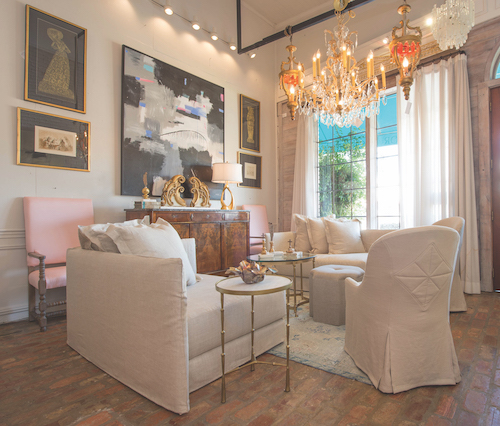
The distinct style of the retail space means the shop is a natural advertisement for the interior design business. Most locals already know the shop doubles as a design firm, but design business has also come from people just stopping in.
“I’ve definitely gotten jobs from somebody walking in from out of town on a Saturday, just walking around the neighborhood looking at art and they’re like, ‘Oh my gosh, I want to live like this every day,’” she says. “And I say, ‘Well we can make that happen today.’”
The store is merchandised in Price’s self-described “juxtaposed design aesthetic,” mixing old and new pieces, showing customers how some of her more unique pieces can work in their homes.
“Everything is set up to be like a room,” she says. “So you may have an antique settee with an 18th century fauteuil with a newly upholstered piece that we procured from market. It’s meant to give you the idea of how you can have these pieces in your home and how the old chairs work with the newly upholstered pieces.”
This environment and customer experience is a point Price tries to drive home to other designers looking to add retail components to their businesses. She stresses the importance of staying true to your own design style.
“Don’t go buy all these different things and try to incorporate them into your store because that’s not who you are as a designer,” she says. “If you’re all about that wonderful Moroccan boho look and that’s who you are as a designer, those are the things that you gravitate to and that people are hiring you to do. That’s what you need to show in your environment. You don’t need to do French antiques because that’s not what you really do. It’s important to own who you are visually in your retail space.”
When your store reflects your design style, it sets an expectation for customers to both businesses. Potential design clients understand your style from the look of the store, and retail customers come to know where they can shop to find exactly what they need.
“People are definitely coming in to Nancy Price Interior Design to experience what we have. They know they’re looking for a unique piece of art or a unique gift, or they want to work in their home, they want to get inspiration,” Price says. “That’s really what it’s about. You come in our store to get inspired and to be inspired and to find things that you’re not going to see everywhere else.”



